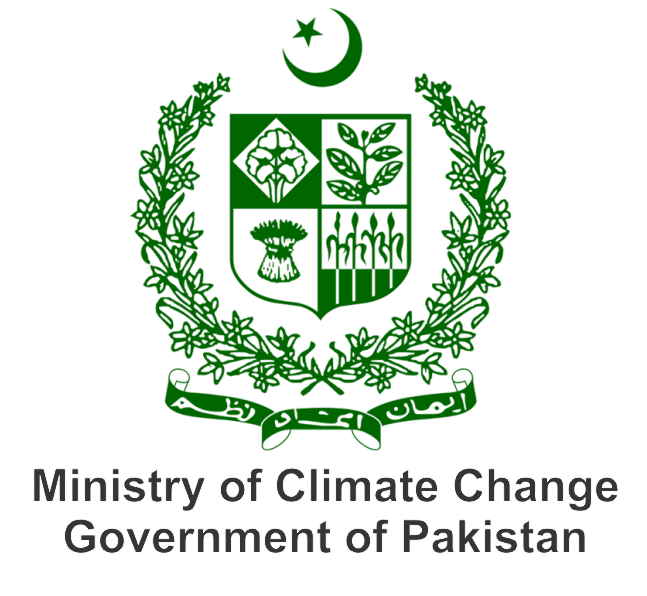Forest Reference Emission Levels/ Forest Reference Levels (FREL/FRL) are guided as benchmarks for assessing REDD+ performance by modalities contained in UNFCCC Conference of Parties (CoP) decisions, most notably decision 12/CP.17 and its annex. These modalities state that when establishing FREL/FRLs, Parties should do that transparently considering historic data and adjust them for national circumstances. A stepwise approach is allowed that enables Parties to improve the FREL/FRLs by incorporating better data, improved methodologies and, where appropriate, additional carbon pools.
Pakistan submitted its first ever scientifically established FREL based on Deforestation to UNFCCC on January 6, 2020 for technical assessment by assigned UNFCCC experts, with modified submission on 05 December 2020 for the reference period 2004–2012, which corresponds to mean annual emissions from the deforestation estimated to be 946,653 t CO2 eq/year. The largest share of CO2 emissions originated from dry temperate (34%), riverine (27%) and Chir pine forests (16%) followed by moist temperate forests (11%), scrub forests (9%), thorn forests (2 %) and subalpine forests (1%) in 2004-2012. Based on above, the FREL has been proposed as 946,653 Tonnes CO₂e. FREL has set scientifically assessed benchmark for reporting measured and verified results for any future result-based payments.
The UNFCCC assessment team noted that the data and information used by Pakistan in constructing its FREL are transparent, complete and in overall accordance with the guidelines contained in the annex to decision 12/CP.17.
Currently, the FREL uses a gain-loss approach for Tier 2 emission factors (EF) derived with sub-national data sets produced by the main forest types, following the 2006 IPCC Guidelines. The FREL includes emissions from deforestation estimated from above- ground (AGB) and below- ground biomass (BGB) pools. Key findings of FREL are as follows:
National Forest Cover:
The national forest cover has been assessed for 2004, 2008 and 2012 based on notified national definition of forests. This excludes the trees in orchards and farmlands. The mean national forest cover estimates vary from 5.67% to 5.45 % between the years with uncertainty of ± 0.8%. By forest type, dry temperate forests have the largest proportional coverage (36%) followed by sub-tropical broadleaved evergreen scrub (19%), moist temperate (15%), Chir Pine (13%), riverine (4%), irrigated plantation (4%), thorn (3%), mangrove (3%) and sub-alpine forests (2%). The mean forest carbon stock was estimated to be 192 million tons during 2004-2012.
Assessed Rates of Deforestation
Due to limited reference data availability, the average annual deforestation during 2004-2012 has been estimated up to about 11,000 hectares, whereas, an increasing trend of more than 17,000 ha was observed from 2008-2012. Most of the area affected by deforestation between 2004- 2012 consisted of riverine (34%), scrub (20%), dry temperate forests (19%), Chir Pine (13%), thorn forests (9%).


